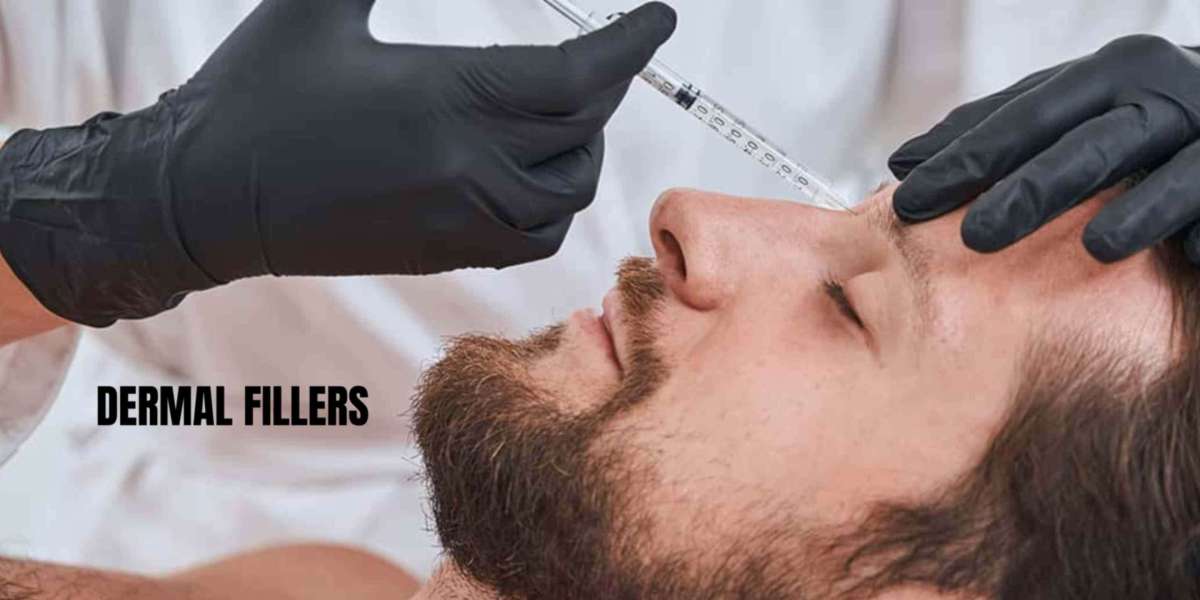Numerous factors, including aging, excessive sun exposure, poor diet, and others, can affect our skin. The skin, fat, muscle, and bones are the four main structural elements of our face. One may eventually develop a sagging nose, a receding jawline, or a loss of prominent cheekbones due to age-related bone loss in the face. The facial muscles become loose and the skin stretches and loses elasticity, contributing to sagging skin, wrinkles, and other signs of aging. Dermal filler is a liquid solution that is formulated specifically to be injected and used to replace lost volume. Thus, it can also be applied to enhance the features and profiles of the face.
In this blog, a leading dermatologist, Dr. Rajdeep Mysore at Charma Clinic, renowned for offering the best dermal fillers in Bangalore, has discussed the types of dermal fillers that can be used to treat various areas of the face. Keep reading to learn.
TYPES OF DERMAL FILLERS
- Hyaluronic Acid Filler
The human body naturally contains high concentrations of hyaluronic acid in the joints, skin, and eyes. Because of its capacity to draw in water, it is in charge of preserving the skin's moisture content. This kind of filler is the most widely used due to its high level of safety, ease of dissolution when needed, and natural-looking outcomes. Hyaluronic acid fillers have instantaneous effects. It gives the skin hydration and plumpness. However, because the substance may eventually be absorbed by the body, the effects are temporary, i.e., may last for up to 6–12 months.
- Calcium Hydroxylapatite Filler
It is another naturally occurring material that is mostly present in the bones of humans. When used in fillers, calcium particles of microscopic size are suspended in a smooth gel. It is well known to promote the production of collagen and aid in the smoothing of more deeply etched wrinkles.
- Poly-L-lactic Acid Filler
It is a biodegradable synthetic material that is safe for use in human bodies. It can promote natural collagen regrowth. Although the effects of this filler take a few months to show results, they can last for roughly two years. Poly-L-lactic acid filler works best for the lower half of the face. It is not suitable for lip augmentation, lines near the eyes, or fine lines surrounding the mouth.
- Polyalkylimide Filler
This artificial polymer is referred to as a semi-permanent filler. This filler is radio-transparent, meaning it is biocompatible and will not interfere with X-rays. It takes roughly a month for the injection site to gradually develop a thin layer of collagen. One can get dramatic results with just one injection.
- Polymethyl Methacrylate (PMMA)
This is another synthetic filler that is semi-permanent and contains PMMA microspheres or tiny beads. This is often used in conjunction with bovine collagen to produce long-lasting firm, plump skin. It is more resilient than other biodegradable fillers because it has a five-year shelf life.
Conclusion
Soft-tissue fillers, also known as dermal fillers, are among the anti-aging procedures that are most frequently utilized worldwide. These fillers are also well-liked as a safe and reliable method for non-surgical improvements in the skin.
If one is looking for dermal fillers or treatments for various skin conditions such as acne, pigmentation, anti-aging, or acne scar treatment in Bangalore, one may consult with Dr. Rajdeep Mysore at Charma Clinic. He is known for offering advanced treatments for all skin concerns. For more information on these treatments, visit the Charma Clinic.



